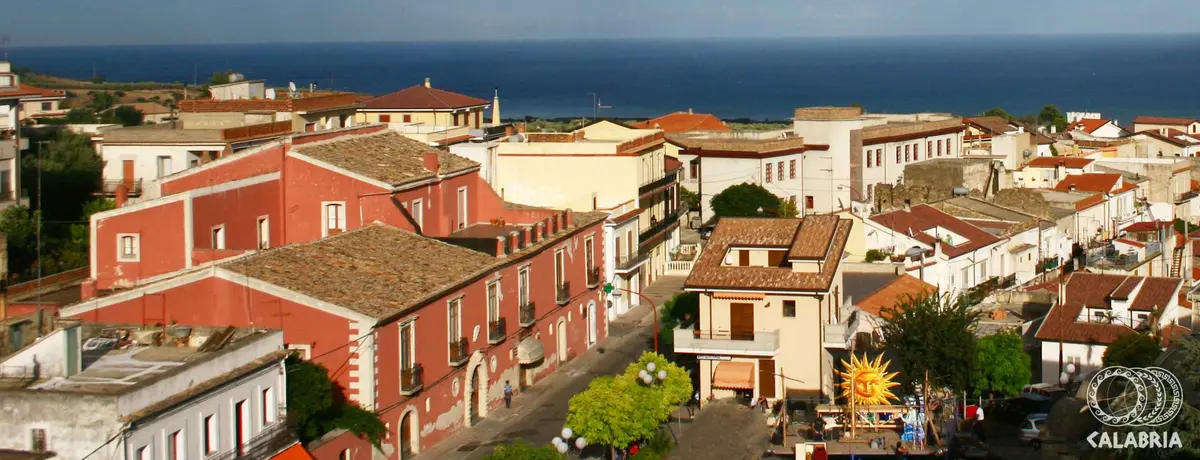Rocca Imperiale
Rocca Imperiale, where the lemons flower

Sea
Rocca Imperiale - Regione Calabria
The gateway to Ionian Calabria, Rocca Imperiale (Cosenza) is one of the most picturesque medieval villages in the region, perched around the Swabian Castle and renowned for its Rocca Imperiale beach (Blue Flag) and for being an integral part of the ‘’Most Beautiful Villages in Italy‘’ circuit.
Along the coastline, the unmistakable scent of orange blossom reminds us that we are in the area where the prized Rocca Imperiale PGI Lemons, one of the excellences of Calabrian agribusiness, ripen.
The fortress soars on top of the old town and is identified in the monumental geometry of the Swabian Castle, built by Emperor Frederick II of Swabia, among the Frederician castles in Calabria.
Places not to be missed in the historical centre of Rocca Imperiale include the Monastery of the Observant Friars, which today houses an interesting Wax Museum, the Mother Church dedicated to the Assumption, in Romanesque style, the Church of Santa Maria delle Grazie and the Chapel of the Rosary.
Rocca Imperiale sea? A wonderful beach to discover along the Costa degli Achei, where the Marina di Rocca Imperiale (Blue Flag) extends.
Find your beach in Rocca Imperiale between the San Nicola Beach and the Lungomare Beach, which offers a wonderful view of the Swabian Castle.
Useful information
What to know about Rocca Imperiale
Where to Sleep
There are 6 available accommodations.
Places
There are 1 places to visit.
Travel Ideas
There are 9 travel ideas.
Infopoint Rocca Imperiale
Via Castello Aragona, Rocca Imperiale
No result



